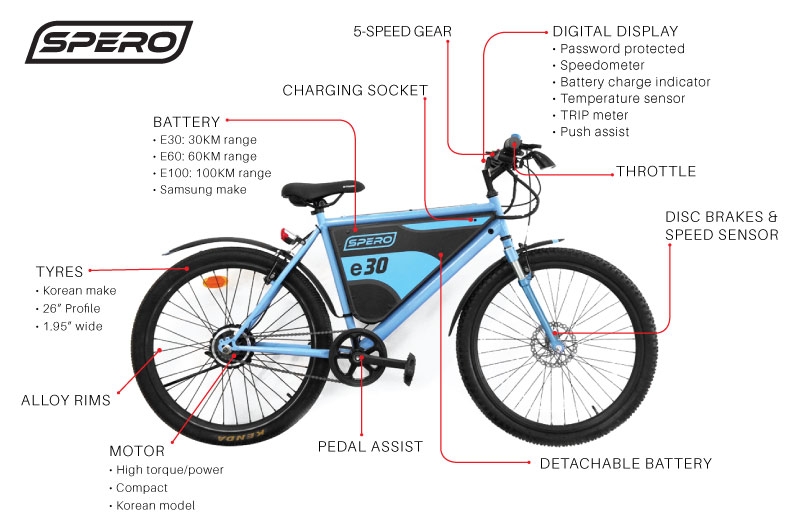Understanding E-Bike Rules And Regulations: A Beginner'S Handbook For Your City
Understanding E-Bike Rules And Regulations: A Beginner'S Handbook For Your City
Blog Article
Web Content Author-Moran Bates
Before you get on your e-bike and struck the streets, it's critical to comprehend the regulations and policies that govern your city. From rate limits to marked riding locations, there's a whole lot to take into consideration to guarantee you're certified and safe. By acquainting on your own with the regulations details to e-bikes, you'll be better outfitted to appreciate your trips with no unanticipated legal issues. Remain tuned to discover key insights that will assist you browse the e-bike landscape in your city flawlessly.
Recognizing E-Bike Classification
When it pertains to browsing the realm of e-bike regulations and regulations, a vital beginning point is recognizing the classification system that categorizes these electrical bikes. E-bikes are commonly categorized into three primary classifications: Course 1, Class 2, and Class 3.
Class 1 e-bikes are pedal-assist just, implying they provide assistance while the rider is pedaling and have a maximum speed of 20 miles per hour. These bikes are admitted locations where traditional bicycles are allowed.
Course 2 e-bikes are outfitted with a throttle that can push the bike without pedaling. They also have a maximum speed of 20 miles per hour and appropriate for riders that might need assistance without pedaling continually.
Course 3 e-bikes resemble Class 1 but with a higher maximum speed of 28 miles per hour. These bikes are often restricted from particular bike courses or tracks due to their higher speeds.
Understanding these classifications is essential for adhering to local policies and guaranteeing a risk-free and enjoyable e-biking experience.
Navigating Speed Limitations and Limitations
To properly browse e-bike laws and regulations, it's important to comprehend the rate limits and constraints that relate to various classes of electrical bicycles.
Speed limits for e-bikes differ depending upon the category of the bike. https://fattireebikenearme97531.like-blogs.com/32860054/get-set-to-discover-the-ten-key-advantages-of-including-an-electrical-bike-to-your-everyday-travel-routine -bikes, which are pedal-assist only and have a maximum speed of 20 mph, are typically allowed on bike lanes and courses.
Course 2 e-bikes, which have a throttle along with pedal-assist and additionally get to rates of as much as 20 miles per hour, may be limited in certain areas where motorized vehicles aren't permitted.
Course 3 e-bikes, with pedal-assist up to 28 mph, are generally needed to follow the very same guidelines as traditional bicycles.
It is necessary to adhere to these rate limitations and limitations to guarantee your safety and the safety of others on the road. Before riding visit the next internet site -bike, familiarize yourself with the certain regulations in your city to stay clear of any type of potential penalties or lawful issues.
Where to Adventure Your E-Bike
To determine where you can ride your e-bike, it's important to understand the policies and standards particular to your area. In most locations, e-bikes are generally enabled on roadways and streets where standard bicycles are allowed. This might include bike lanes, bike courses, and shared streets. Nevertheless, it's vital to inspect regional laws as some cities may have specific constraints on where e-bikes can be ridden.
When riding your e-bike, always focus on security by adhering to traffic policies and appreciating pedestrian sidewalks. Additionally, be mindful of any kind of designated bike lanes or paths in your area and use them whenever feasible to make sure a smoother and more secure ride.
Some cities additionally have guidelines concerning e-bike usage on pathways, so make sure to acquaint on your own with these regulations to prevent any kind of fines or charges.
Conclusion
Since you're familiar with the laws and laws bordering e-bikes in your city, you can with confidence hit the road knowing where you can ride and what restrictions relate to your e-bike classification. Bear in mind to constantly focus on safety and comply with the rules to make certain a smooth and legal experience. Delighted riding!
